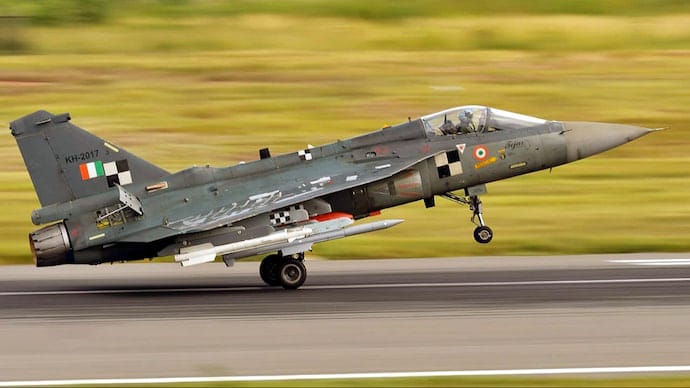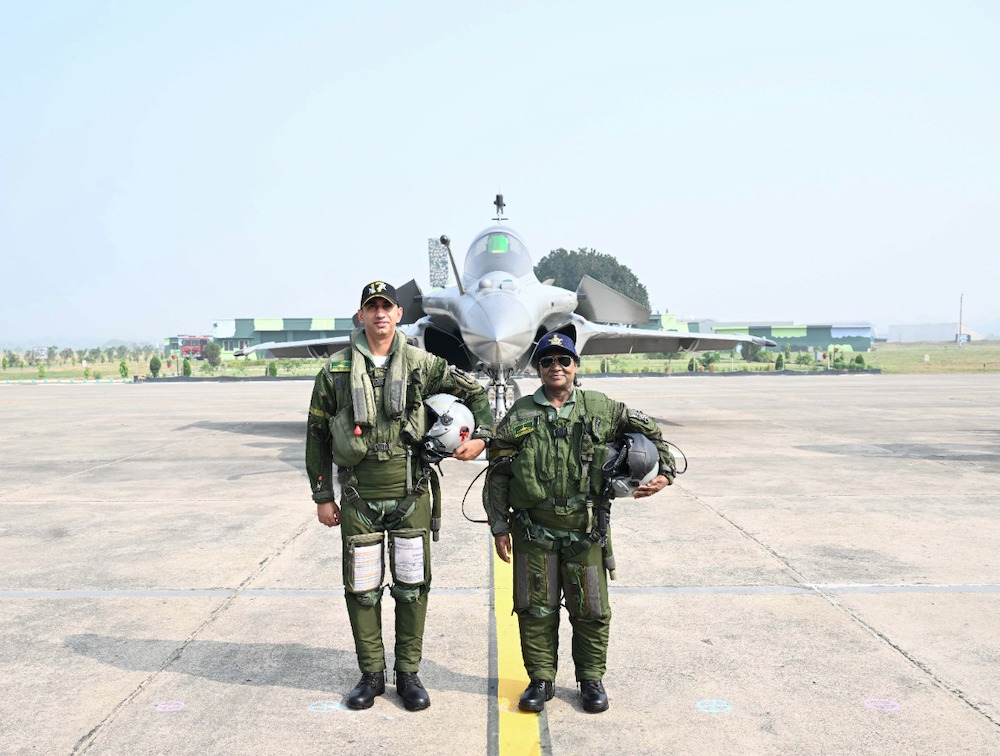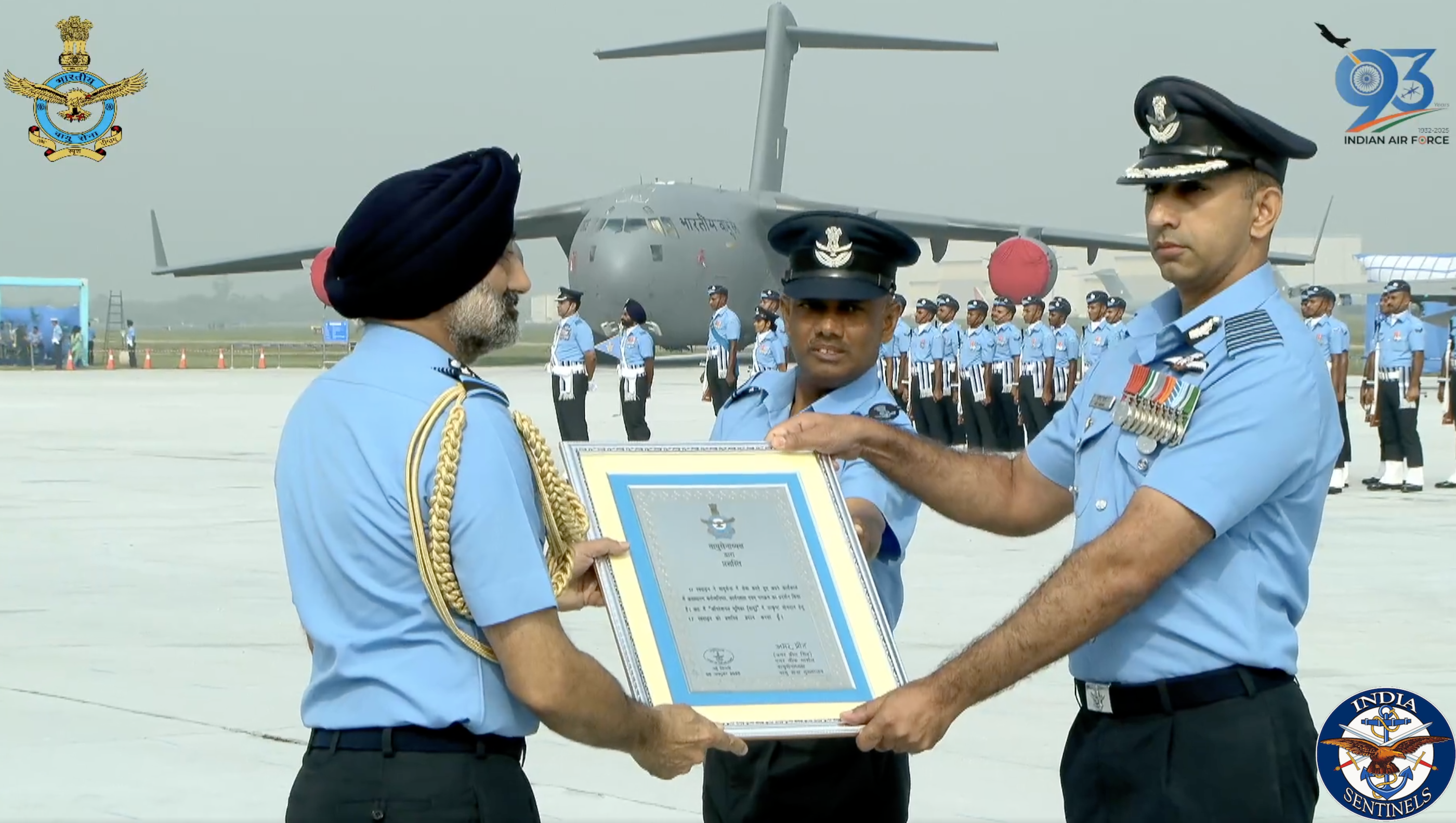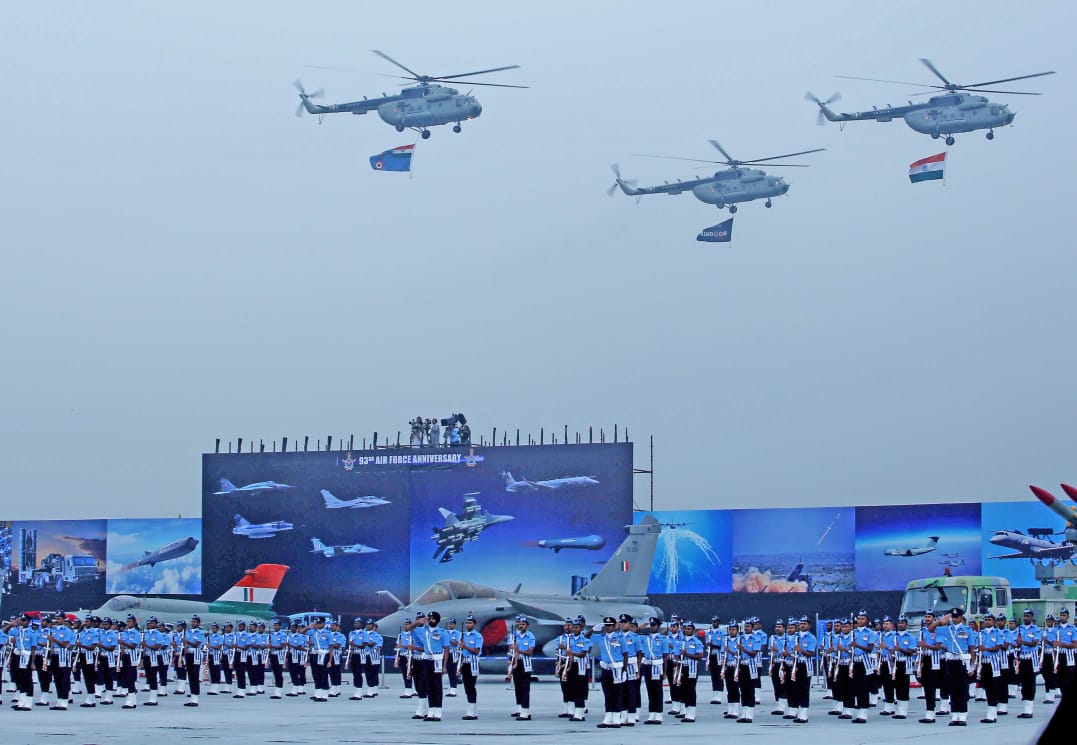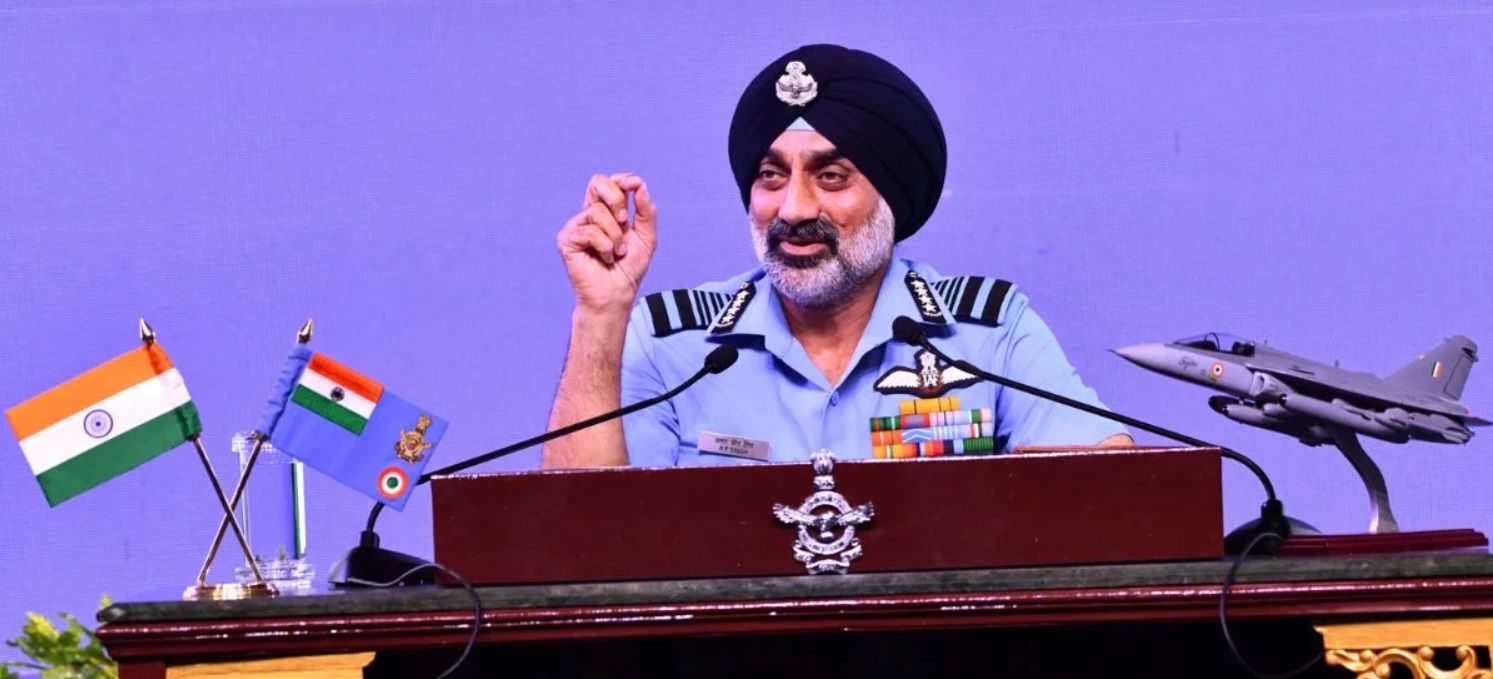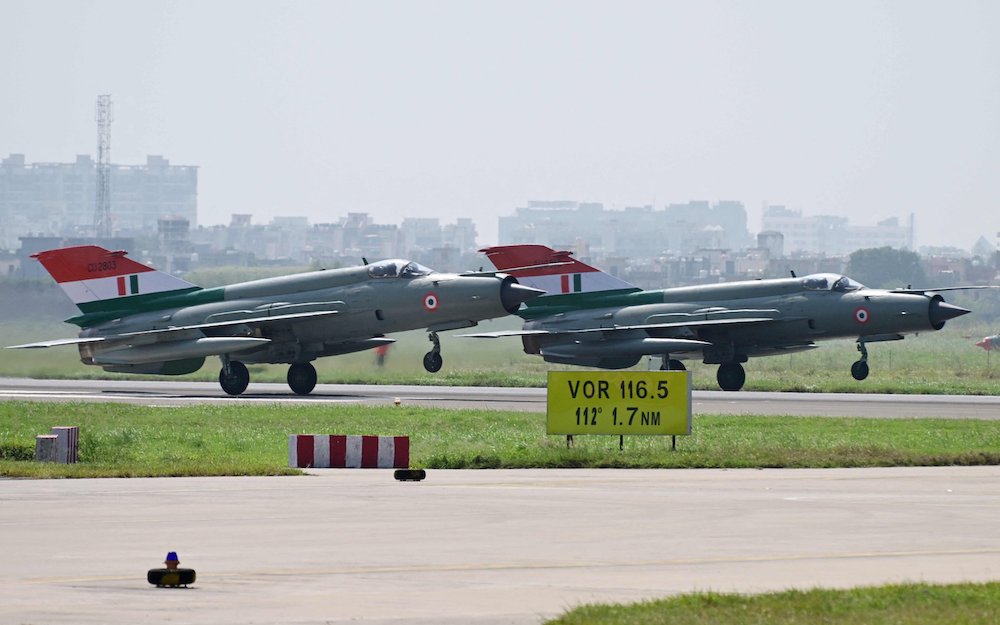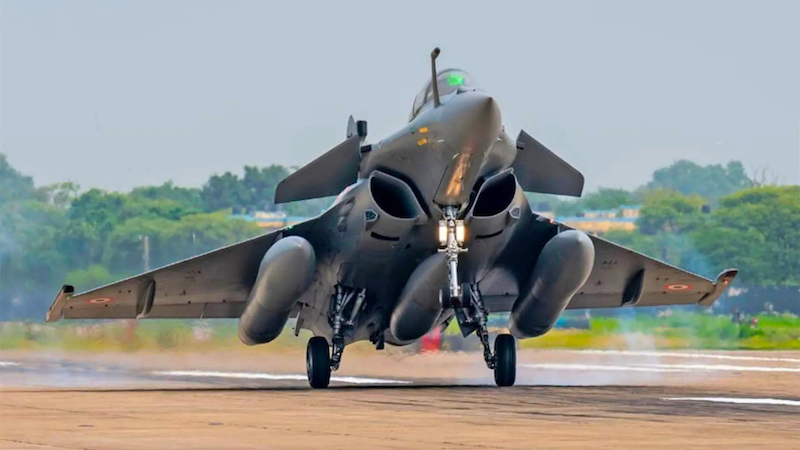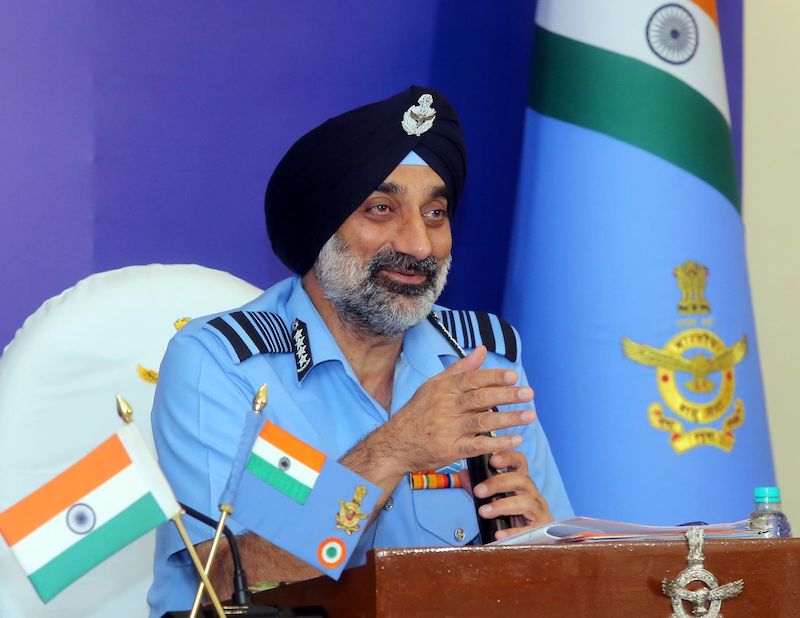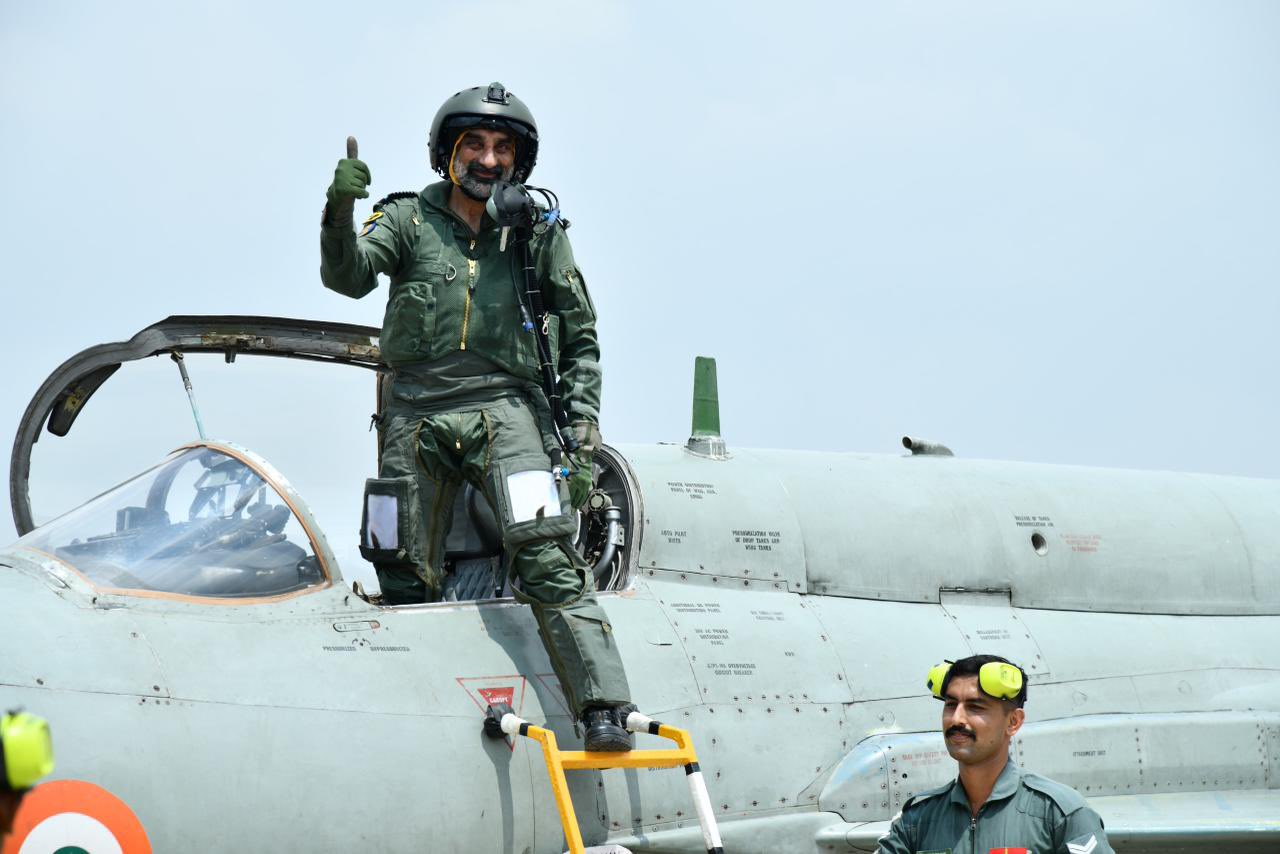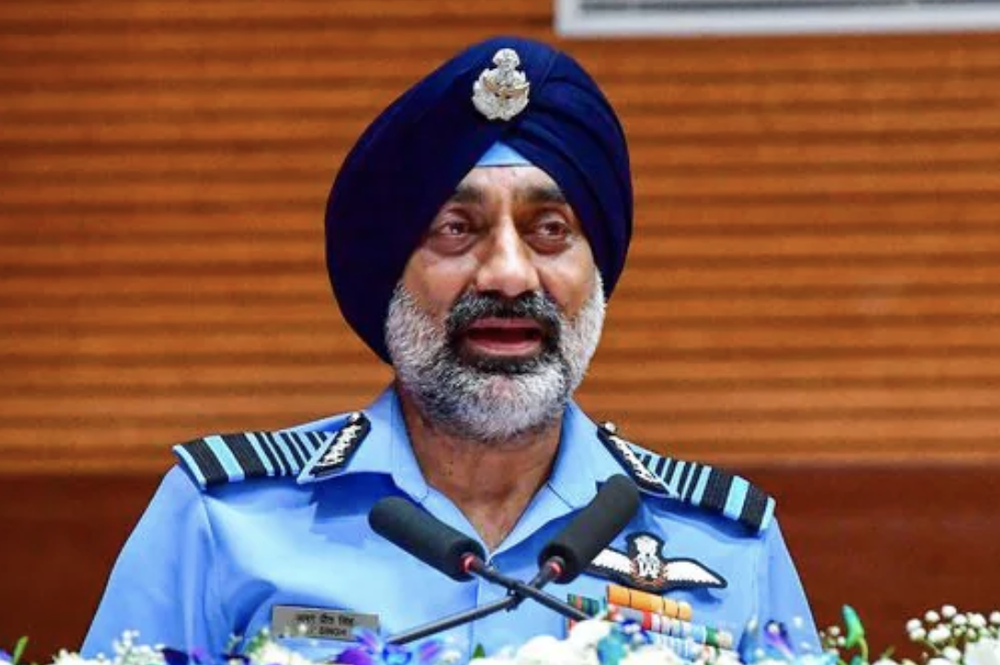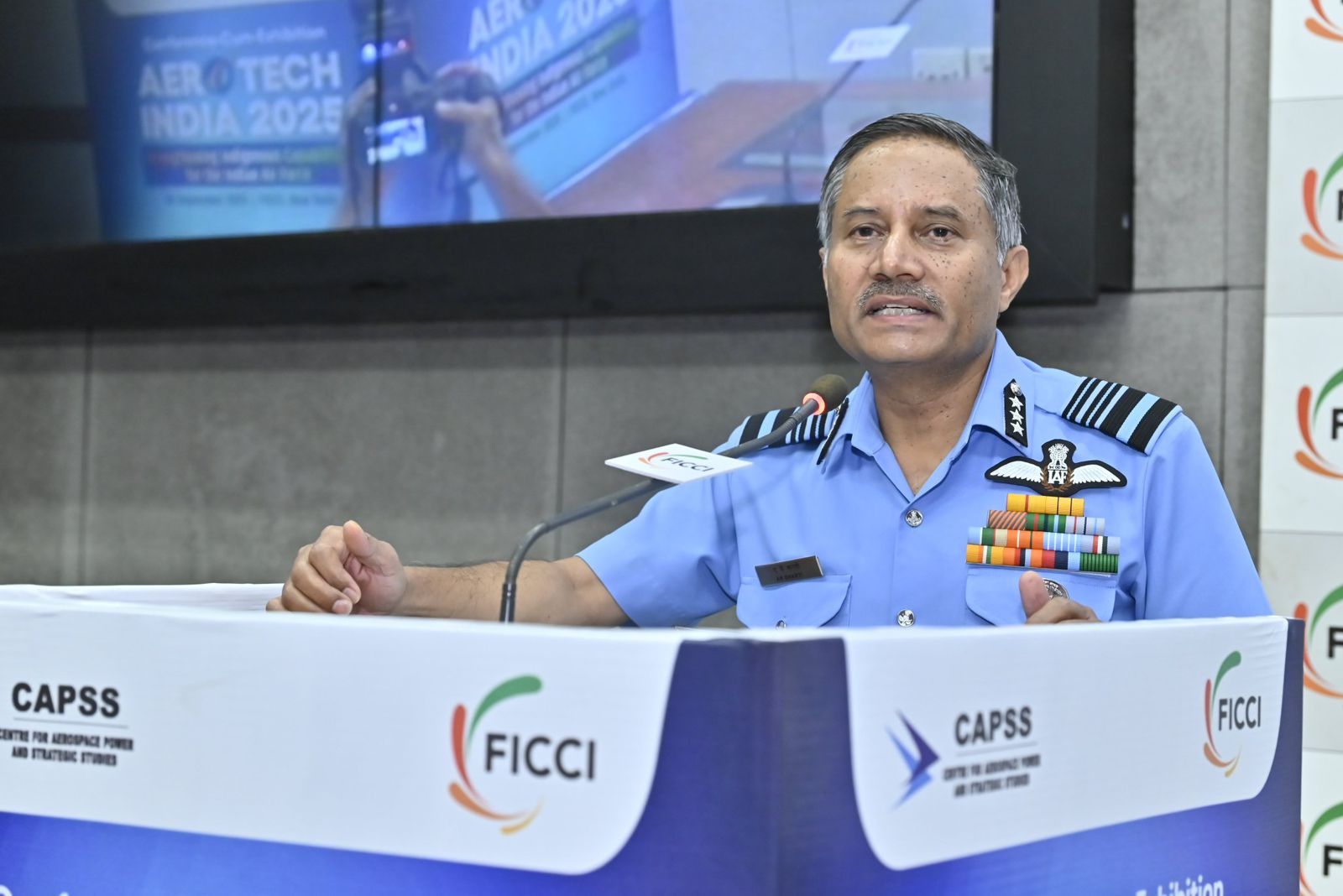 Air Marshal AK Bharti at Aero Tech 2025 event (Photo: FICCI)
Air Marshal AK Bharti at Aero Tech 2025 event (Photo: FICCI)
New Delhi: Amid ongoing tensions with the United States over tariff-related issues, Indian Air Force deputy chief Air Marshal Awadhesh Kumar Bharti stated on Tuesday that India is actively exploring the development of indigenous aircraft engine, with expectations to achieve this within the next 10 to 12 years.
Speaking on the sidelines of the Aero Tech India 2025, organized by FICCI, Air Marshal AK Bharti said: “Yes, we are collaborating with GE (for engines). AMCA (Advanced Medium Combat Aircraft); work is still in progress... We are exploring indigenous engine production, and potentially, within 10-12 years, we will have an indigenous engine. That is our goal... If you put your efforts into it and if the industry puts their efforts into it, then it will definitely be achieved...”
On the procurement of additional LCA Mk1A, he said; “We have just signed the contract for an additional 97 LCAs. We are looking at LCA Mark 2 in the coming years. We are also investing in AMCA. So those are products to go forward with. But it will take time. So in the immediate future, we need to fill that gap. So that effort is on.”
As India Sentinels reported earlier, on September 25, the defence ministry signed a contract with the Hindustan Aeronautics Limited to procure additional 97 Tejaj-Mk1A for the Air Force at a cost of ₹62,000 crore.
On Atmanirbhar Bharat, Air Marshal AK Bharti said: “We are looking at self-reliance. While indigenization is the way forward because we are never able to indigenize 100% in one go, you start with whatever you can. Thereafter, ultimately, we reach 100%. In times of crisis, you can't bank on anybody. It has to be yourself. If something comes, then it is a bonus. However, it must originate within the country. So, indigenization is a prerequisite.”
While addressing the Aero Tech India 2025 he told industry leaders and policymakers that even 99 per cent indigenous content was insufficient if critical components remained import-dependent.
“If the supplies of those critical components are choked, we will not be able to ramp up production when needed," Bharti said, encouraging manufacturers to achieve 100 per cent indigenization within defined timeframes.
"We need to put our innovation on afterburner. This cruise setting will not do," AM Bharti declared, criticizing delays in moving from conceptualization to operationalization.
Bharti presented a detailed framework for future conflict requirements, emphasizing that wars will be won "not by the strongest alone, but by those who innovate faster, integrate better and are self-reliant".
His analysis divided future warfare into distinct phases, each requiring specific indigenous capabilities. The pre-kinetic phase demands what he termed "persistent, survivable ISR (intelligence, surveillance, reconnaissance) capabilities" operating in a highly informatized environment.
"This requires AI-driven real-time data analysis engines, quantum-resilient communications including software-defined radios and blockchain technology, and integrated sensors across ground, airborne and space-based platforms.
AM Bharti specifically called for more Awacs (airborne early warning & control system) aircraft, enhanced radars on fighters and unmanned aerial vehicles, and RF sensors in lower frequency bands alongside electro-optical and infrared systems.
For kinetic operations, the Air Force envisions full-spectrum warfare, spanning low-cost drones to high-precision systems that employ sixth-generation technologies and man-unmanned teaming. "Future warfare will be about collaboration between humans and machines," AM Bharti said.
"Robots and autonomous systems integrated with AI would be fighting side by side with humans."
However, Bharti identified weapon seeker technology as the most critical gap. "Considerable effort is being put in developing various kinds of weapons ... but very few of us are looking at seeker technology," he said.
The Air Force deputy chief urged manufacturers to invest in quantum computing for secure communications, scramjet engines to enable hypersonic missiles, core aero engine technologies for fighters and transport aircraft, directed energy weapons, and counter-drone capabilities. He noted the unmanned aerial systems field is "getting congested" and urged entrepreneurs to focus instead on enhancing platform capabilities, survivability and sensor integration.
Air Vice Marshal Anil Golani, director general of the Centre for Air Power and Strategic Studies, noted that India has successfully indigenized more than 14,000 imported line items through government portals, whilst five positive indigenization lists have redirected approximately ₹2.5 lakh crore worth of contracts to domestic suppliers. A sixth list is expected by year-end.
Gagan Kumar Sangal, Member, FICCI Defence and Homeland Security Committee, said: "Strengthening indigenous capabilities is not a choice but a strategic necessity. It calls for innovation, speed, and seamless collaboration between government, industry, academia, and the armed forces." He added that India must "not only meet its defence requirements through indigenous solutions but also emerge as a global leader in aerospace and defence manufacturing".
Kishore Atluri, Member, FICCI Defence and Homeland Security Committee, emphasized the transformation underway. "For years, our defence sector, particularly the Indian Air Force, depended on foreign platforms, spare parts and support systems. Today, that scenario is rapidly evolving," he said, noting that India is transitioning from consumer to innovator in defence technology.

